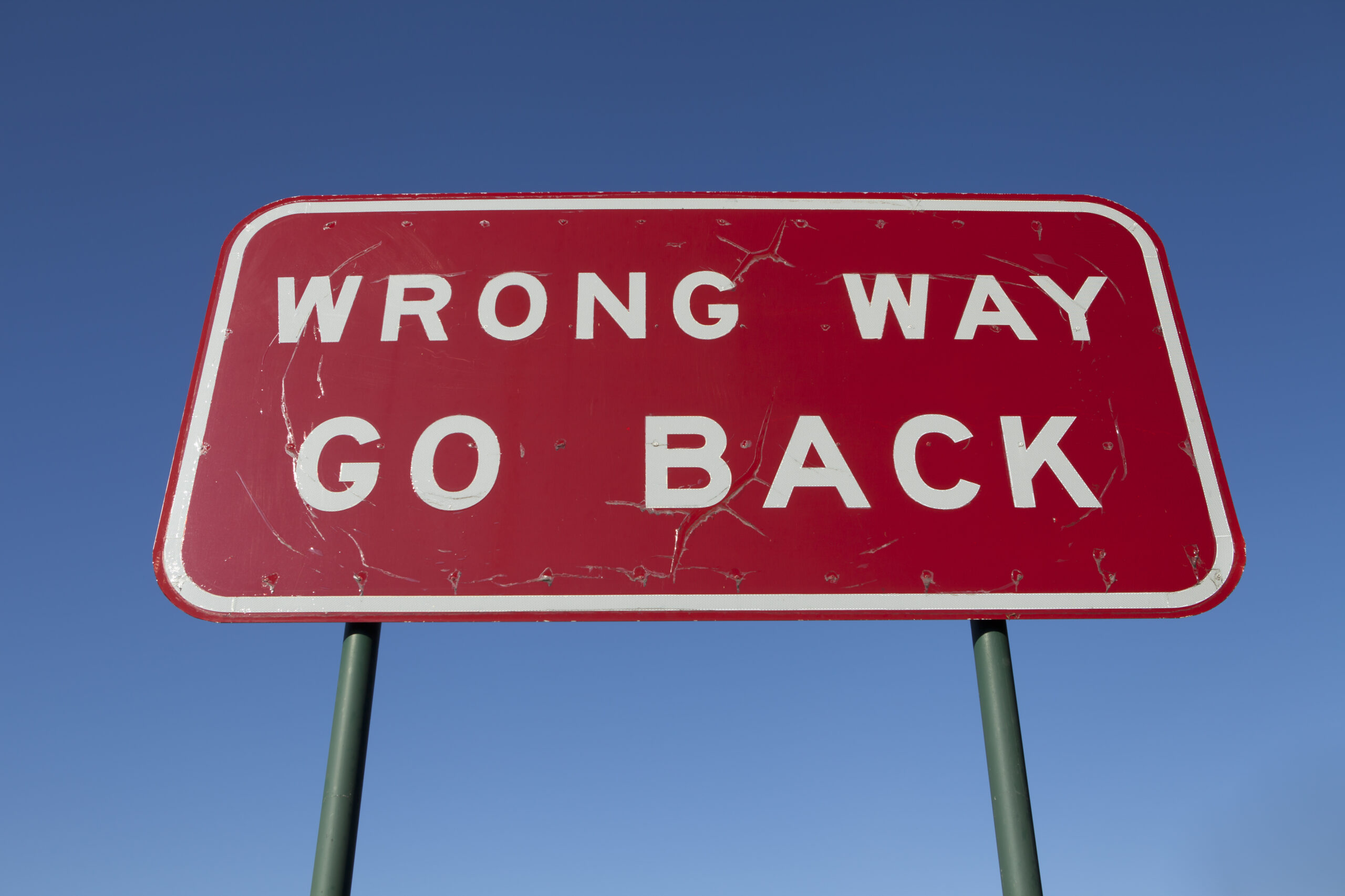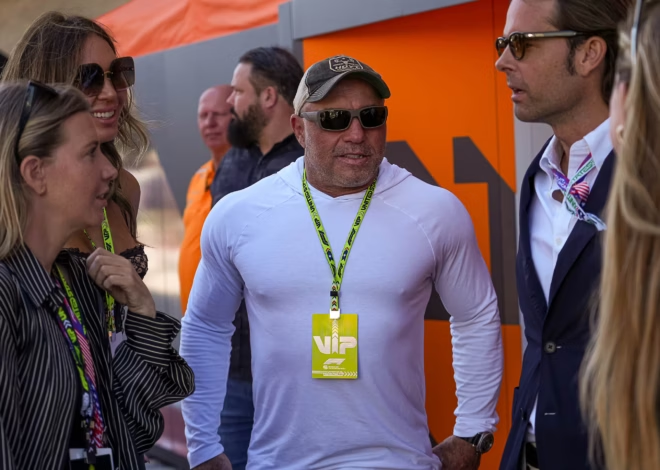
The Collapse of Accountability in America
Somewhere on a high school track in Frisco, Texas, a boy named Austin Metcalf—a white 17-year-old student—was stabbed to death. He wasn’t armed. He wasn’t violent. He wasn’t a threat. He was murdered.
It happened during a school track meet. Karmelo Anthony, a Black senior from a different school, was sitting under the Memorial High School team tent—Austin’s team’s tent—without invitation or reason. Witnesses say Austin asked him to leave. When Anthony refused, Austin told him again. That’s when Anthony reached into his backpack and said, “Touch me and see what happens.” He had a knife. At a high school sports event. When Austin tried to get him out of the tent, Anthony stabbed him in the chest.
Austin collapsed and died in his twin brother’s arms.N
You would think that would be the end of it. A boy dead. A killer caught with the weapon. A clear and horrific act of violence. But instead, the opposite happened. The community rallied—not around Austin’s family, but around his killer. A defense fund was created for Anthony. It raised over $150,000. He was called a “victim.” People cited George Floyd. They spun a story of oppression, as if bringing a knife to a school track meet and killing an unarmed boy was some kind of righteous stand.
This isn’t justice. It’s narrative. It’s ideology devouring reality.And it’s not isolated.
Now let’s imagine the tables are turned.
Somewhere on a high school track in Frisco, Texas, a boy named Karmelo Anthony—a 17-year-old Black student—is stabbed to death. He isn’t armed. He isn’t violent. He isn’t a threat. He is murdered.
It happens during a school track meet. Austin Metcalf, a white senior from a different school, is sitting under the Centennial High School team tent—Karmelo’s team’s tent—without invitation or reason. Witnesses say Karmelo asks him to leave. When Austin refuses, Karmelo tells him again. That’s when Austin reaches into his backpack and says, “Touch me and see what happens.” He has a knife. At a high school sports event. When Karmelo tries to get him out of the tent, Austin stabs him in the chest.Karmelo collapses and dies on the track.
Now—what happens ?Does the community rush to support Austin? Do hundreds of thousands of dollars pour into his legal defense? Does the media write sympathetic stories about his mental health, his background, how he felt “threatened”?Do social media users call him a hero? Or would the reaction be instant and unforgiving?
Would it be labeled a hate crime? Would there be marches, press conferences, national outcry? Would Austin be cast as the embodiment of white violence? Would his face be splashed across every headline as yet another example of racial injustice in America?
We all know the answer.
Because when the roles reverse, so does the narrative. It’s no longer “complex.” It’s no longer a “tragedy” with “two sides.” It’s clear-cut. It’s a murder—and it would be treated as such.
But because the actual story doesn’t serve the narrative—because Austin was the one who died, and Karmelo the one who walked away—we’re told it’s nuanced. We’re told there’s trauma and history to consider. We’re told not to rush to judgment.
That’s not justice. That’s ideology.
At another high school track meet, a girls’ relay, one runner was caught on video swinging her baton and striking another girl in the head. The video is clear—it wasn’t a slip. It wasn’t a stumble. It was an intentional hit. Yet afterward, the girl claimed she lost her balance. And once again, the community rallied. Fundraisers, sympathy, defenses, narratives. Not for the girl who got hit. For the one who threw the blow.
This is what happens when a society starts rewarding excuses and punishing responsibility. When justice becomes conditional on identity. When the facts no longer matter as much as the framework.
Because underneath all of this is an ideology—a new secular religion dressed up in progressive language. It’s been preached from the pages of White Fragility by Robin DiAngelo, How to Be an Antiracist by Ibram X. Kendi, and a thousand DEI seminars and corporate struggle sessions. And the sermon is always the same: individuals don’t exist. Only categories. Victim and oppressor. Guilty and innocent—not based on what you do, but what you are.
It is a doctrine that strips people of agency. Blackness is cast as permanent victimhood. Whiteness as original sin. You cannot escape your role. You cannot be judged by your choices. You can only serve the story or be condemned by it.
But here’s the thing: “Black” and “White” aren’t races. Race isn’t real—not in the way we’ve been told to believe. There is no biological line separating “races.” There are only loose genetic clusters shaped by geography and migration. The difference between two so-called “White” people—say, a Ukrainian and a Portuguese—is often far greater genetically and culturally than the difference between a “White” person and a “Black” person from a neighboring region. These are not races. These are myths.
What we are really talking about is culture. Family. Language. Religion. History. The things that actually shape human beings.
The idea that skin pigmentation maps cleanly onto a set of values or experiences is not just wrong—it’s racist. It erases individuality. It denies the richness of human diversity. It’s anti-scientific and anti-human. It flattens a vibrant world into a color-coded spreadsheet.
And here’s the deeper irony: to cast African Americans as a monolith—one people, one voice, one set of beliefs—is itself racist. The idea that millions of people, spread across geography, class, education, faith, and personality, all think and act the same because of their skin is absurd—and grotesque. That isn’t empowerment. It’s reduction. It’s control.
Culture is not skin. Character is not color. And dignity doesn’t come from victimhood. It comes from agency—from the ability to act, to choose, to build.
And here’s the heart of it all: what happens when you tell African Americans, over and over again, that they are victims? That they cannot rise without help from white hands? That their fate is determined by a system, and never by their own will or discipline or creativity? What happens when that message sinks in—and life still feels hard, unfair, full of obstacles?
Rage. And worse—rage with moral justification.
Because when you believe your pain is righteous, your violence can become sacred. That’s how we get people calling a teenage murderer a hero. That’s how we end up with blood on the track and applause from the crowd.
Austin Metcalf was not a symbol. He was not a stand-in for history. He was a kid. And now he’s dead. And people are calling his killer brave.
That’s not justice. That’s not progress. That’s collapse.
We are living in a time when narrative has replaced truth, when ideology has replaced morality, and when accountability has been replaced by excuses. And if we don’t snap out of it—if we don’t start judging people by what they do, not what group they belong to—then we will raise a culture incapable of responsibility, incapable of peace, incapable of living in a shared world.
This isn’t just about race. It’s about reality. And reality doesn’t care about your hashtags. It doesn’t care about your feelings. It doesn’t bend to your narrative.
Reality is a boy bleeding out on a track field while the crowd cheers for the one who stabbed him.
And if that doesn’t break your heart—or your silence—then we’re already lost.



